Is Artificial Intelligence Outperforming Wes Anderson? A Comparison Of Creativity
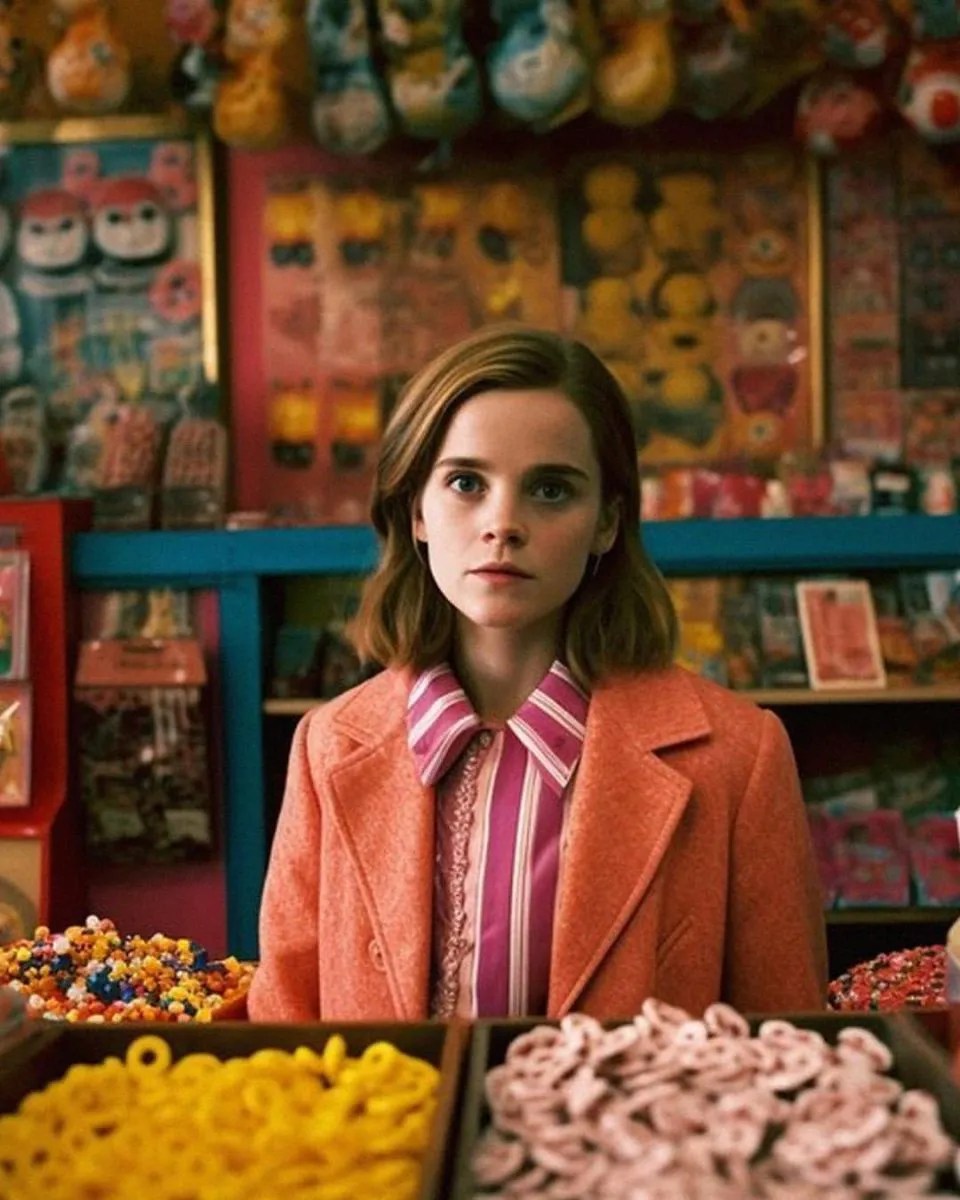
Table of Contents
Wes Anderson's Creative Process and Signature Style
Wes Anderson's films are instantly recognizable. His distinct visual style is a crucial part of his success, contributing significantly to his unique cinematic universe. This signature aesthetic is meticulously constructed, a blend of several key elements.
Analyzing the Visual Elements
Anderson's visual vocabulary is rich and consistent across his filmography. Recurring motifs create a sense of familiarity and visual unity. These include:
- Symmetrical compositions: Perfectly balanced shots, often employing the rule of thirds to create visual harmony (e.g., the meticulously arranged scenes in The Grand Budapest Hotel).
- Pastel color palettes: Subtle, often muted colors contribute to the nostalgic and whimsical feel of his films (e.g., the vibrant yet subdued tones of Moonrise Kingdom).
- Specific camera techniques: Anderson frequently utilizes shallow depth of field to isolate subjects and create a dreamlike quality, along with carefully choreographed tracking shots that add to the narrative's visual rhythm.
His narrative structure is equally distinctive, often employing:
- Whimsical storytelling: Blending elements of comedy, drama, and often a touch of melancholy.
- Character archetypes: Recurring character types populate his films, adding to the sense of a cohesive universe.
- Thematic concerns: Themes of family, loss, and the passage of time frequently underpin his narratives.
The Human Element in Anderson's Work
Beyond the technical aspects, the human element is paramount to Anderson's success. His unique vision stems from:
- Intuition and personal experiences: Anderson’s films are infused with his personal vision, shaped by his life experiences and unique perspective.
- Collaboration: The success of his films relies heavily on collaboration with a talented team. His long-standing partnership with cinematographer Robert Yeoman is a prime example, their combined vision shaping the unique visual language of his films.
AI's Capacity for Creative Content Generation
Artificial intelligence is rapidly evolving its ability to generate creative content. This evolution raises important questions about its potential to one day surpass human creativity.
AI Tools and Techniques
Several AI technologies are driving this progress:
- Generative Adversarial Networks (GANs): These networks pit two neural networks against each other, one generating images and the other evaluating their authenticity, leading to increasingly realistic and creative outputs.
- Diffusion models: These models start with random noise and gradually refine it into an image based on a given prompt or style.
AI can already mimic artistic styles:
- Several examples exist of AI-generated art that imitates the styles of famous painters and filmmakers.
- However, current AI struggles with replicating the nuanced expression and emotional depth found in human-created art.
AI's Approach to "Creativity"
AI "creativity" differs significantly from human creativity.
- AI algorithms learn from vast datasets of existing images and scripts, identifying patterns and generating new content based on those patterns.
- The training data heavily influences the AI's output, potentially limiting its originality and leading to biases reflected in the generated content.
- Ethical considerations surrounding AI-generated art and copyright issues are significant challenges needing further exploration.
Direct Comparison: AI vs. Wes Anderson's Style
While AI can generate images with symmetrical compositions and pastel palettes, attempting to mimic Wes Anderson's style, a critical comparison reveals significant differences:
- AI-generated imagery often lacks the subtle nuances, the emotional depth, and the perfectly balanced storytelling that characterize Anderson's work.
- While AI can replicate surface-level stylistic elements, it struggles to capture the underlying emotional resonance and unique narrative voice present in Anderson's films.
- The human element – the intuition, experience, and collaborative spirit – is simply absent in AI-generated content.
Conclusion: Is AI Ready to Replace the Directorial Vision of Wes Anderson?
AI has made remarkable progress in mimicking specific artistic styles, including Wes Anderson's. However, our comparison reveals significant limitations. While AI can reproduce stylistic elements, it cannot replicate the emotional depth, nuanced storytelling, and unique human perspective that define Anderson's artistic vision. The human element in creativity remains irreplaceable. The intuitive leaps, personal experiences, and collaborative process are essential components that current AI technology simply cannot replicate.
The ongoing evolution of AI and its relationship with human creativity warrants continued discussion. Is artificial intelligence simply a tool to enhance human creativity, or does it pose a potential threat to the future of artistic expression? What role will AI play in filmmaking and other creative fields in the years to come? Share your thoughts on the future of artificial intelligence and filmmaking and the ongoing debate on AI and artistic expression.

Featured Posts
-
 Manchester Uniteds Interest In Rayan Cherki A Detailed Look
May 28, 2025
Manchester Uniteds Interest In Rayan Cherki A Detailed Look
May 28, 2025 -
 Martin Keown On Arsenals Striker Situation A New Signing
May 28, 2025
Martin Keown On Arsenals Striker Situation A New Signing
May 28, 2025 -
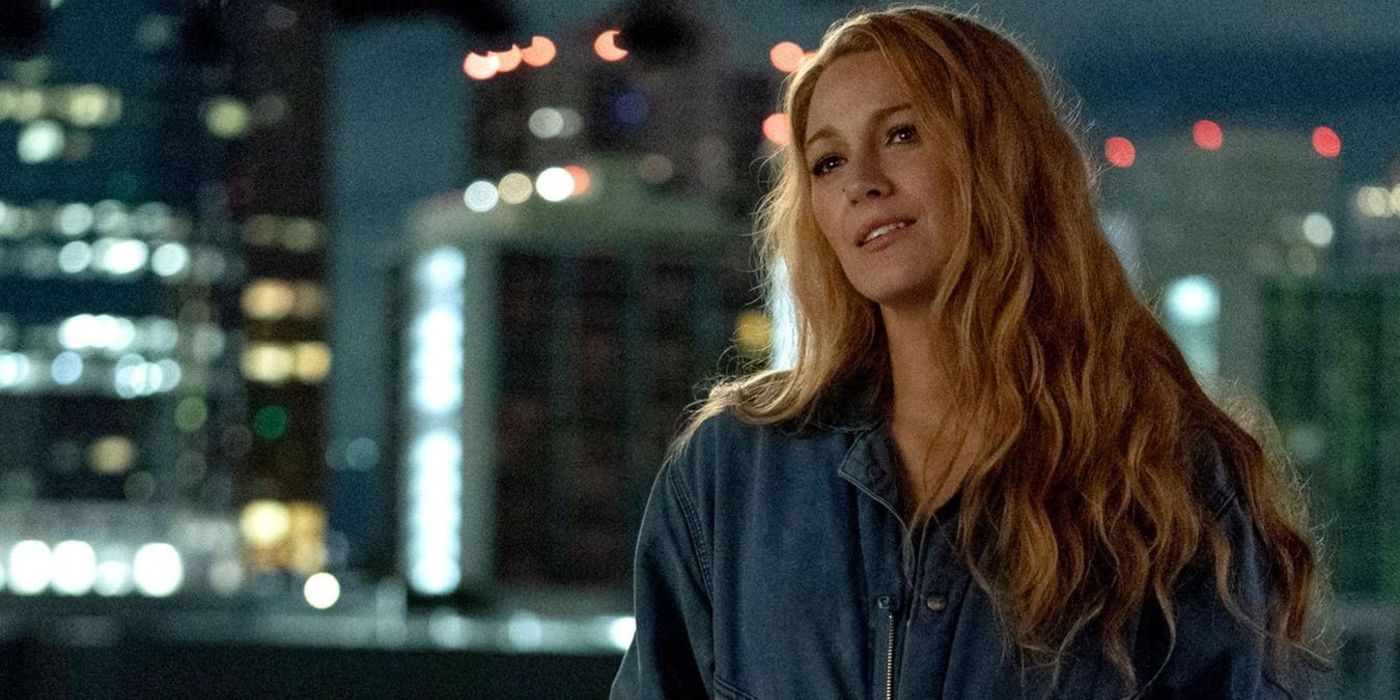 Hugh Jackmans Potential Deposition Fans React To Blake Lively Lawsuit
May 28, 2025
Hugh Jackmans Potential Deposition Fans React To Blake Lively Lawsuit
May 28, 2025 -
 Climate Changes Effect On Rainfall A Western Massachusetts Focus
May 28, 2025
Climate Changes Effect On Rainfall A Western Massachusetts Focus
May 28, 2025 -
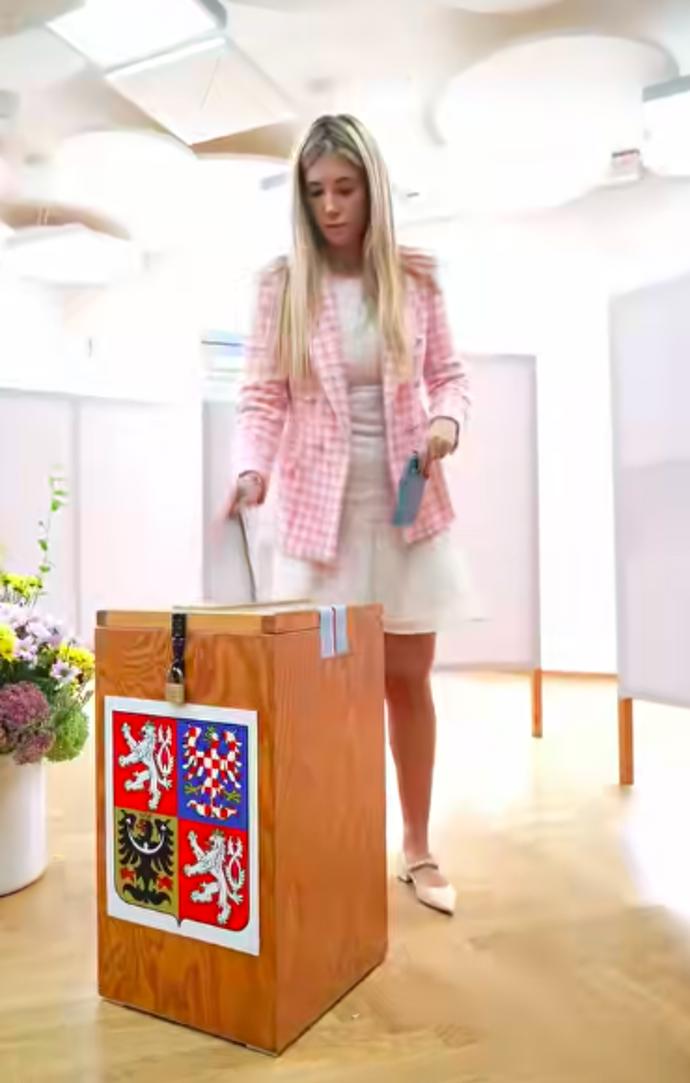 Peksuv Odchod Znamena To Konec Pro Piraty
May 28, 2025
Peksuv Odchod Znamena To Konec Pro Piraty
May 28, 2025
Latest Posts
-
 Via Rail Paid Quebec Firm 330 K For High Speed Rail Marketing
May 30, 2025
Via Rail Paid Quebec Firm 330 K For High Speed Rail Marketing
May 30, 2025 -
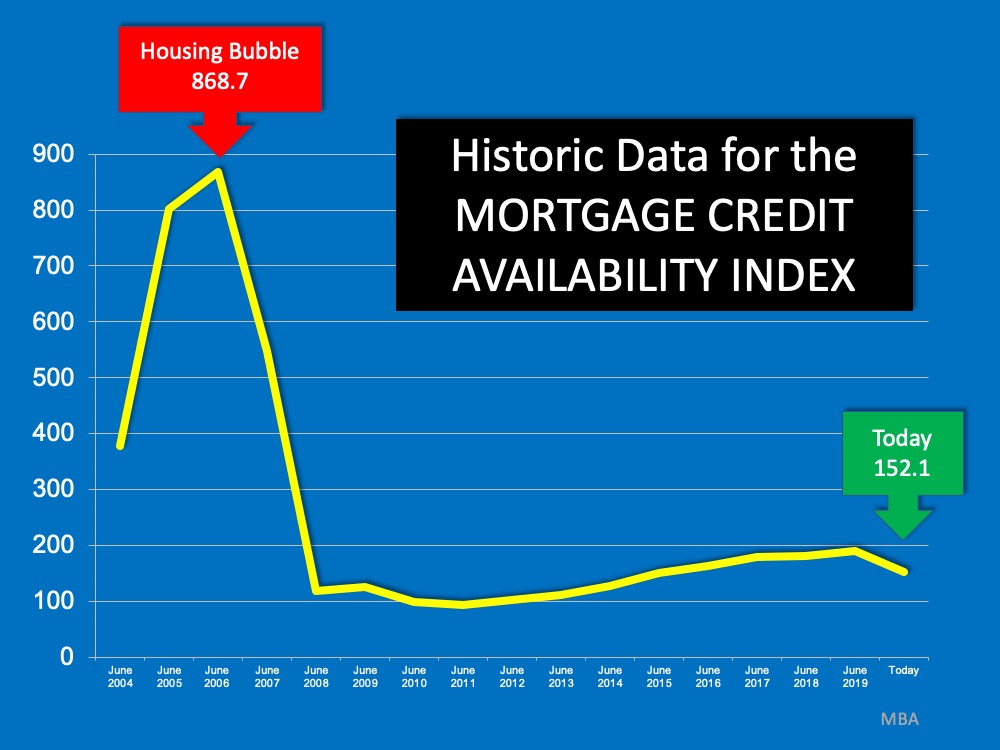 Are We Facing A Housing Crisis The State Of Home Sales
May 30, 2025
Are We Facing A Housing Crisis The State Of Home Sales
May 30, 2025 -
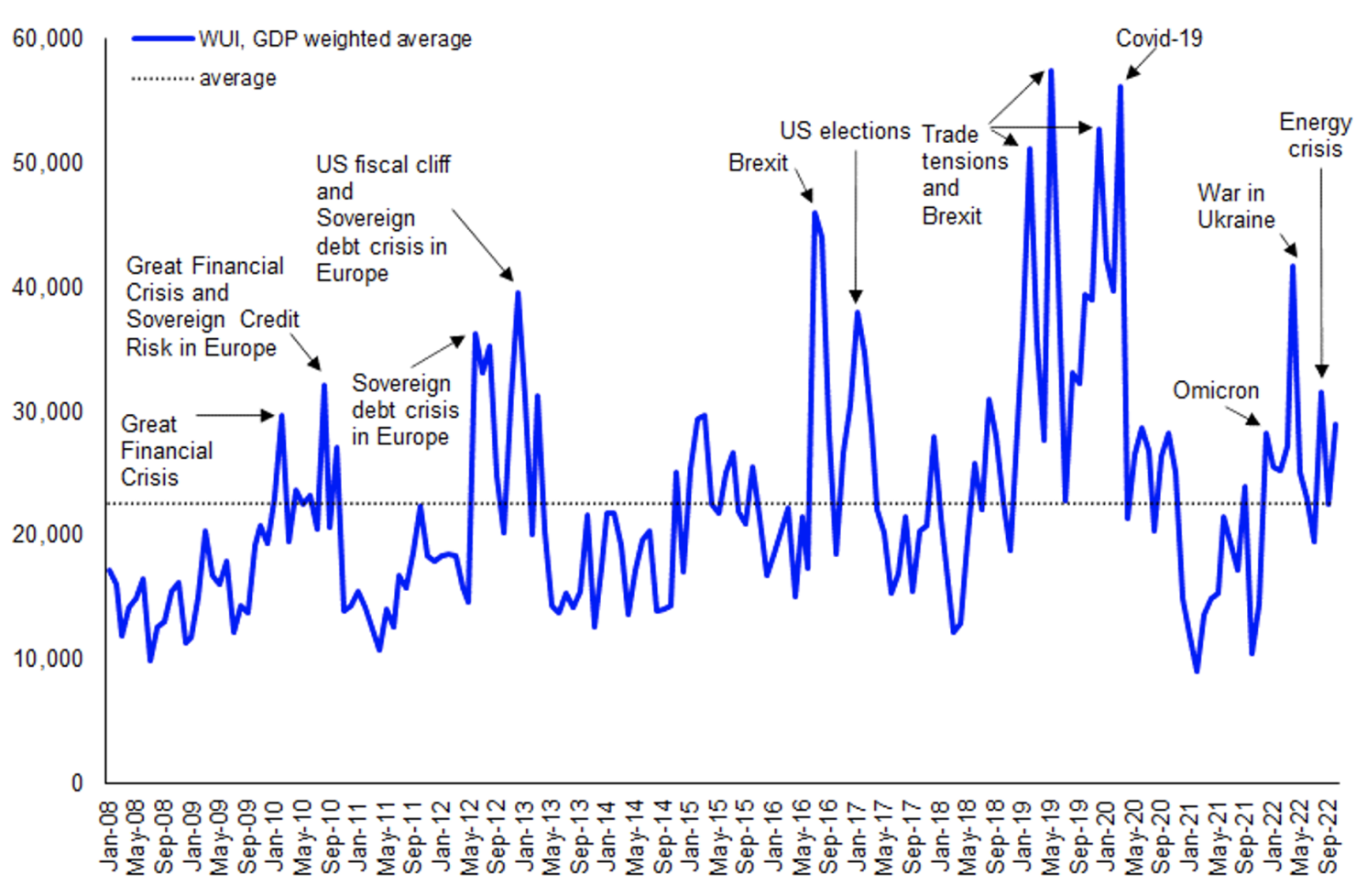 Economic Uncertainty Inflation Unemployment And The Outlook For The Future
May 30, 2025
Economic Uncertainty Inflation Unemployment And The Outlook For The Future
May 30, 2025 -
 Home Sales At Crisis Levels Analysis Of A Weak Real Estate Market
May 30, 2025
Home Sales At Crisis Levels Analysis Of A Weak Real Estate Market
May 30, 2025 -
 Competition Bureau Takes On Google A Potential Constitutional Battle
May 30, 2025
Competition Bureau Takes On Google A Potential Constitutional Battle
May 30, 2025
